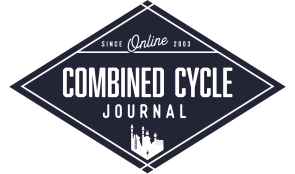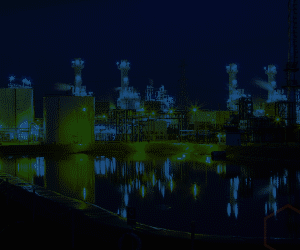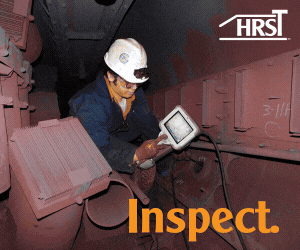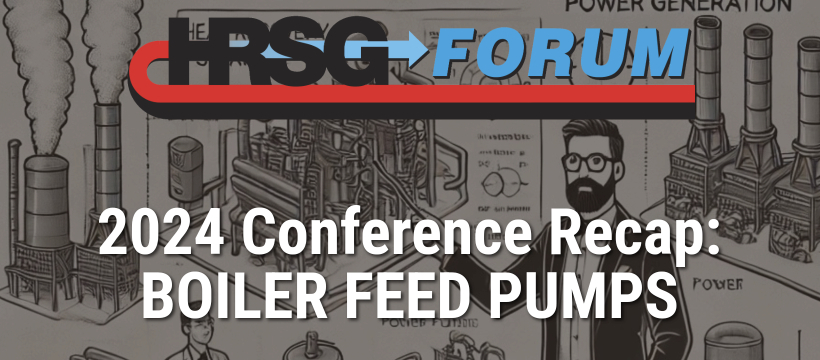
The HRSG Forum isn’t just another industry conference—it’s the only “user group” event where every session is open to all participants, fostering real-time exchange across users, OEMs, consultants, and solution providers. No sessions are restricted but are moderated by Bob Anderson (Competitive Power Resources) and Barry Dooley (Structural Integrity, UK) to ensure fruitful presentation and discussion outcomes. The 2024 HRSG Forum delivered critical technical insights on catalyst management, boiler feed pump reliability, flexible operation challenges, advanced metallurgy, and pressure part failures. With demand rising, resources tightening, and equipment aging, this report is packed with practical takeaways and cutting-edge updates to help you stay ahead. If you’re in the business of making HRSGs safer, cleaner, and more reliable, you won’t want to miss the 2025 HRSG Forum, July 21–25 in The Woodlands, TX. The following report is divided into four parts:
- Catalyst system O&M workshop
- Boiler feed pump O&M workshop
- HRSG Forum general session
- EPRI: HRSG/HEP technology transfer
Loyal Fischer, KSB SupremeServ North America, offered a two-part class on feedwater pump fundamentals (Part 1) and boiler feedwater pumps (Part 2). This topic had been suggested at HRSG Forum 2023. Barry Dooley stated immediately that this topic was a “first-of-a kind at these industry conferences, even globally.”
Fischer began with a “useful review” of high-energy pumps, including a primer on fluid dynamics.
Centrifugal pump design history dates back to the late 1860s, in Germany, and Fischer took us through the development and use of various pump types and designs, then focused on centrifugal pump types while interjecting the fundamentals of conservation of mass and energy, including conservation of linear and angular momentum for these “kinetic energy machines.”
He then took a deep dive into various centrifugal pumps, performance curves, volumetric losses, and system efficiency.
Part 2 was specific to boiler feed pumps for combined cycle plants, covering types, designs, operation, installation, maintenance, and repairs.
He posed the question: “What are the two most important consideration for selecting a boiler feed pump?”
- Reliability:
- Pump construction.
- Installation.
- Operations.
- Maintenance.
- Support from the OEM.
- Cost of reliability:
- Energy (net present value).
- Price.
- Repair costs.
- Lost opportunity cost.
An interesting point: “Pump installation and startup is the highest risk point in the life of the pump,” he said. “Proper operation has a big impact on the life and maintenance requirements” going forward. He also recognized “support from the OEM (Fig T5).”
Fischer then focused on the types of multistage pumps (Figs T6-T8):
- Horizontal split design (BB3).
- High pressure ring section (BB4).
- Barrel pump design (BB5).
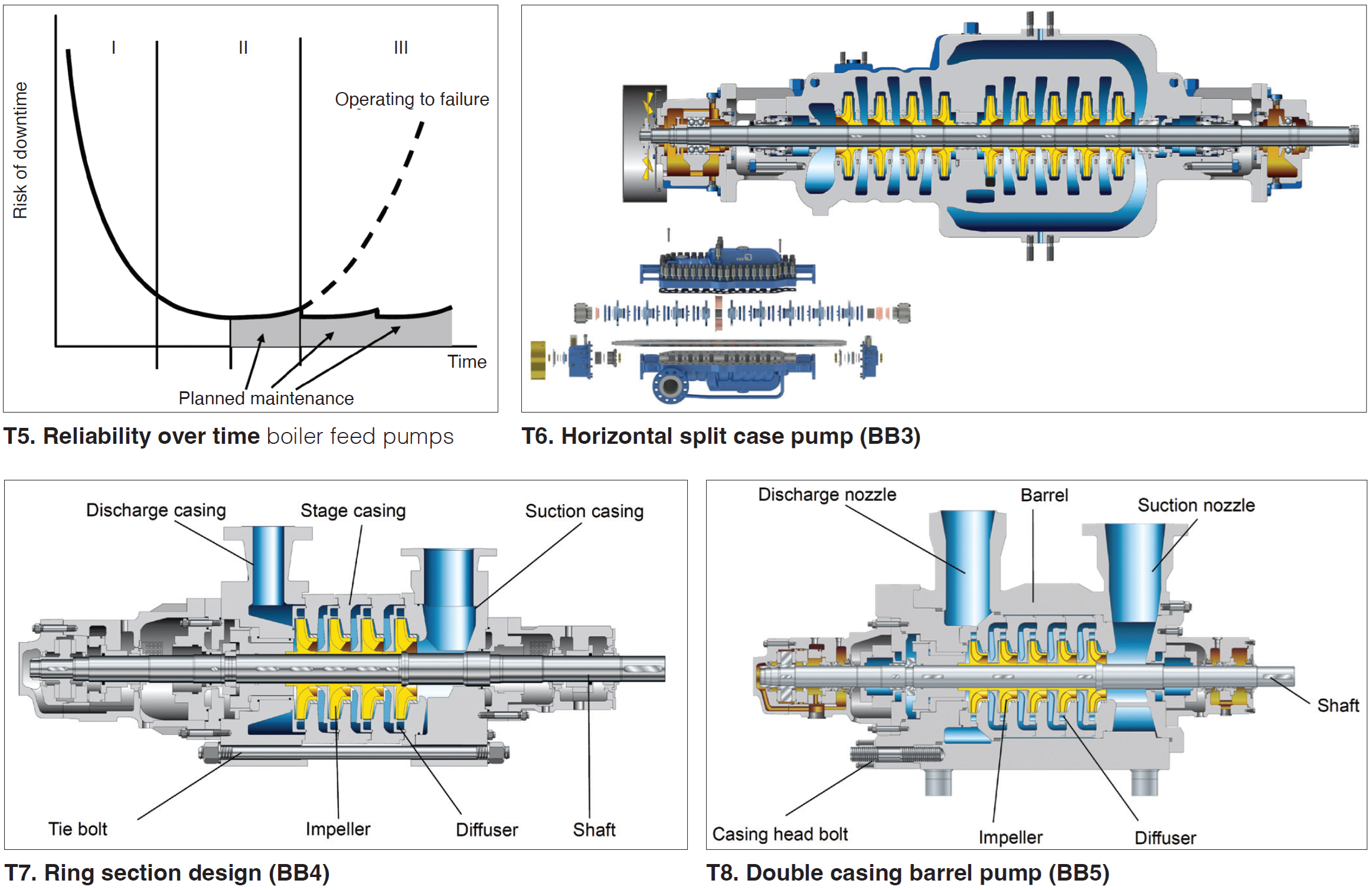
Ring section and barrel pumps can be nearly the same, he explained. Both can share the same bearings/balancing, stage casings/hydraulic performance and pressure range. The difference – the barrel has cartridge removal. Ring section is the most common boiler feed pump design in the U.S. for combined cycle plants.
Fischer launched into design details including hydraulic design (shaft, diffuser and impeller), multistage pump casings, and impeller and diffuser vane combinations, including manufacturing tolerances.
He then covered casing wear rings (standard and profiled), rotor support, and bend lines.
He followed with “gravity and sagging of rotors,” and adaptation to the shaft bend line (Fig T9). “The adapted casing,” he said, “keeps the rotor within its clearances which reduces contact during startups and shutdown.”

Axial thrust balancing and balance disc wear were next, followed by bearing systems and seals.
Questions at this point included coal vs combined cycle use, upsets during turbine cycling, reasons for losing pump pressure over time, and pump exterior flow losses.
Casing discussions covered forged vs cast casing components and ring section and barrel casing designs.
Operating flow rates and their impact on pump reliability were discussed including zero flow, low flow and hot shutdown, with specific examples and details. “Zero flow can destroy a pump in seconds, and operation at low flow will cause chronic and premature pump wear,” he said.
Installation discussions covered critical speeds, pump and driver alignment, and nozzle alignment.
Selected details: A solid foundation is fundamental, and it is best to align at ambient temperature based on calculated thermal growth.
For maintenance, in the samples shown, Fischer pointed out that all wear parts except casing wear rings are easy to access. This allows easy replacement of shaft seals, bearings, and balancing devices.
For checking wear parts during on-site maintenance (Fig T10), Fischer discussed:
- Lube oil, cooling, vent and tapping piping removal.
- Bearing removal.
- Shaft gland and mechanical seal removal.
- Rotor lifts to check internal clearances.
- Removing casing nuts/lifting cover.
Repair problems focused on incorrect third-party material composition (improper heat treatment) and sagging issues.
His bottom-line recommendation: Read your manual, and work with the OEM. CCJ

